This was the way I’d done mine, please use the information below as reference only and be safe.
This is how I fixed the over heating problem at high speed, stop and go on a hot day for 1997 Honda Odyssey after the car was replaced by the shops with $600 distributor, $1500 rebuilt head which never fixed the original over heating problem @290k miles.
Ordered a brand new New radiator $65 shipped (ordered Monday, received Weds for the weekend).
first we need to remove the engine under cover with 10mm socket wrench, there are also 2 on each side in the wheel wells.
Drain the coolant from the radiator – the wing nut on the bottom center of the radiator
Remove the brackets, top radiator hose
Remove bottom fans bolts (x2 for the passenger side & x1 for the driver side).
Remove the Top fans bolts (x2 each fan) and Disconnect Battery.
Remove 2 brackets holding the radiator in place to remove the radiator when ready.
Unplug fan electrical connections and lift the driverside fan out then passenger side.
Remove the bottom hose and oil lines (x2 arrows), the clamps are hard to remove, use long nose pliers to remove them, the best is to do it from under the car.
Lift the old radiator out
At this time, if we need to replace the front Torque Engine/transmission mount, buy it and do
it now since we have room. Broken torque engine mount looks like this, good one like this.
Remove air intake duct
Go inside the car and flip the heater lever to ON position, remove the heater intake line.
Loosen the heater valve bracket so the valve will be lower than the core for the coolant to drain out completely
Now it’s time to flush the system using garden hose. Keep turning on the water until the green coolant turns clear.
When the water stop dripping out of the heater valve, then it’s time to put back the radiator, heater hose and fill up with coolant. Since we don’t drain the engine coolant out of the engine, we assume it has all clear water, pour in 1 gallon of unmixed coolant first.
Remove the 2 rubber bushings from the base of the old radiator and put them into the new one before placing it back.
Again, putting back those clamps on the Oil lines are very hard, the best we found is to have the tool or using the big long nose pliers from the bottom of the radiator and NOT from the top. We did make many nicks and dings on our hands and the radiator by doing from the top.
Install the fans and connect the electrical wires.
Fill the radiator with concentrated coolant (~1 gallon) to mix with the water inside the engine.
Fill the radiator with 50/50 coolant until the radiator is full.
Put back the air intake duct.
Close the radiator cap and start the engine.
Bleed the coolant. 12mm nut. Until the stream of steady coolant comes out.
Make sure the engine reaches normal operating temperature, the fans will go on/off, NO LEAKS anywhere, oil & coolant at the bottom of the radiator.
Check the ignition timing if we have a timing light. The left mark is correct timing, the right mark is the TDC.
Test drive the car for a few miles. Wait for it to cool down, open the radiator cap and check for the coolant level, top up if necessary. Put back the bottom engine cover.
So, it was a simple and inexpensive overheating fix which dealers, independent shops recommended with expensive operations because the car has 270k miles. Yes, it’s normal for people to agree because the Honda can’t run too many miles without having spending lots of money for maintenance. Yes it can, it’s the little engine that could. After spending over $2k and the overheating problem still exist, the brain dead and irresponsible shop owner didn’t even recommend the radiator replacement. Like I said, until you take control of your stuff, being uninformed will cost you dearly.
- Change Battery On 2004 Honda Accord LX Key Fob
- Replace Front Brake Pads On 2004 Honda Accord LX
- How To Replace Honda Accord 2.4L iVTEC Spark Plugs and Air Filter

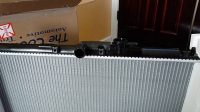
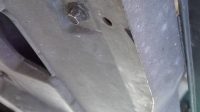
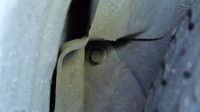
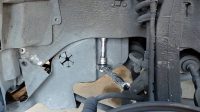
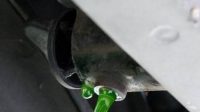
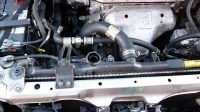
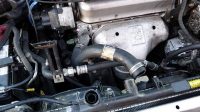
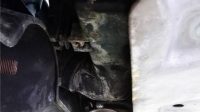
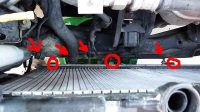
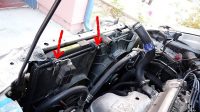
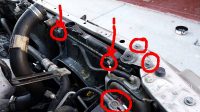
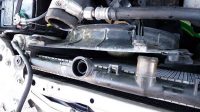
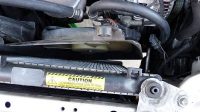
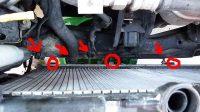
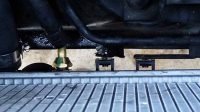
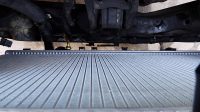
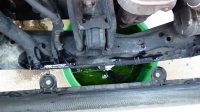
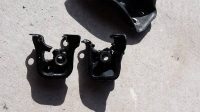
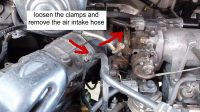
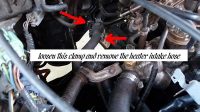
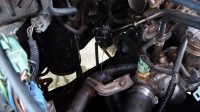
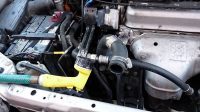
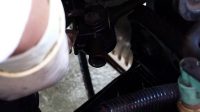
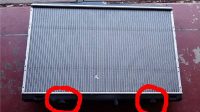
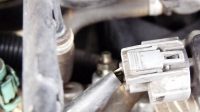
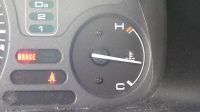
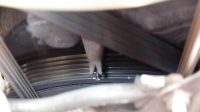
1 Comment
I have to express some thanks to the writer for bailing me out of such a condition. After surfing around through the world-wide-web and finding recommendations which were not powerful, I believed my entire life was well over. Being alive without the presence of solutions to the issues you’ve solved as a result of your good post is a serious case, as well as those which might have in a wrong way affected my entire career if I had not noticed your website. The understanding and kindness in touching the whole thing was precious. I don’t know what I would’ve done if I hadn’t discovered such a step like this. I am able to at this point look ahead to my future. Thank you very much for this professional and sensible help. I won’t think twice to refer your blog post to anybody who needs guide about this area.